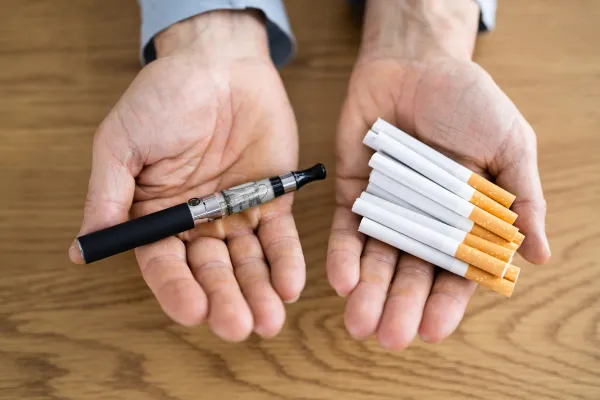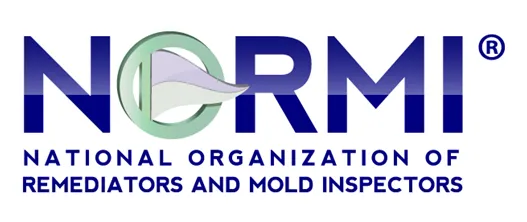
The Impact of Secondhand Smoke and Electronic-Cigarette Aerosols
Introduction: Secondhand smoke and electronic-cigarette aerosols pose significant health risks, impacting both smokers and non-smokers alike. Despite advances in tobacco alternatives, concerns surrounding the health effects of passive exposure persist. This article delves into the composition of secondhand smoke and electronic-cigarette aerosols, exploring the associated health risks and measures to minimize exposure.
Smoking or vaping indoors can release harmful chemicals into the air, affecting not only yourself but also those around you. For a healthier environment, consider smoking or vaping outdoors, away from indoor spaces. If you're looking to quit smoking or vaping, resources are available at smokefree.gov. Keep your indoor air clean and protect the well-being of yourself, your loved ones, and your neighbors.
Understanding Secondhand Smoke: Secondhand smoke, also known as passive smoke or environmental tobacco smoke, is a mixture of the smoke exhaled by a smoker and the smoke produced by a burning cigarette or other tobacco products. It contains over 7,000 chemicals, with hundreds identified as harmful, and about 70 known to cause cancer. The composition includes toxic gases, particles, and carcinogenic substances.
When an individual smokes or vapes, they inhale the chemicals present in the product. Those in proximity to the smoker or vape are also subject to exposure, known as secondhand exposure.
The nature and quantity of chemicals released depend on various factors, including:
The type of product.
The composition of chemicals in the product.
The quantity of the product used.
The duration for which the product is used.
Even after someone ceases smoking or vaping, certain chemicals released can linger indoors for an extended period. These substances may accumulate on surfaces like walls, tables, and floors, as well as permeate soft materials such as clothing, upholstery, drapes, bedding, and carpets.
In some instances, these chemicals can be reintroduced into the air, leading to thirdhand exposure. Thirdhand exposure occurs when individuals come into contact with contaminated surfaces or inhale air where chemicals from smoking or vaping are re-released into the environment.
Health Risks of Secondhand Smoke: Exposure to secondhand smoke has been linked to various health issues, particularly in children and non-smoking adults. The risks include:
Respiratory Problems: Secondhand smoke can trigger asthma attacks in individuals with asthma and cause respiratory infections in children.
Ear Infections: Children exposed to secondhand smoke are more prone to ear infections.
Sudden Infant Death Syndrome (SIDS): Infants exposed to secondhand smoke have an increased risk of SIDS.
Cardiovascular Issues: Non-smokers exposed to secondhand smoke may experience increased risk of heart disease and stroke.
Electronic-Cigarette Aerosols – The "Vaping" Factor: Electronic cigarettes, or e-cigarettes, produce aerosols rather than traditional smoke. The aerosol, often called vapor, is generated by heating a liquid solution containing nicotine, flavorings, and other chemicals. While considered less harmful than traditional smoking, e-cigarettes are not without risks.
Health Risks of Electronic-Cigarette Aerosols:
Nicotine Exposure: E-cigarettes deliver nicotine, an addictive substance that can harm brain development in adolescents and pose cardiovascular risks.
Chemical Exposure: The aerosols from e-cigarettes contain potentially harmful chemicals, including heavy metals and volatile organic compounds.
Respiratory Issues: Inhaling e-cigarette aerosols may lead to respiratory problems and exacerbate existing conditions.
Unknown Long-Term Effects: Due to the relatively recent emergence of e-cigarettes, the long-term health effects are not fully understood.
Protecting Against Secondhand Smoke and E-Cigarette Aerosols:
Establish Smoke-Free Environments: Designate smoke-free zones in homes, public spaces, and workplaces to minimize exposure.
Promote Smoking Cessation: Encourage smokers to quit, reducing both direct and secondhand smoke exposure.
Educate About E-Cigarette Risks: Increase awareness about the potential health risks associated with e-cigarette use, especially among young individuals.
Implement Strict Regulations: Advocate for and enforce regulations on smoking in public areas and the use of e-cigarettes, considering potential health impacts.
Mitigating Exposure Indoors
To eradicate secondhand exposure, it is imperative to enforce a ban on smoking and vaping indoors, encompassing spaces like cars, vehicles, and areas near air intakes and entry points to enclosed environments. This proactive measure is crucial in safeguarding occupants from the detrimental chemicals emitted by these products.
While ventilation, filtration, and air purification methods can diminish exposure levels, they cannot entirely eliminate them. Outdoor smoking or e-cigarette use should be conducted away from building air intakes, doors, open windows, vehicles, and other confined spaces.
Implementing smoke-free policies in homes, schools, offices, vehicles, and various enclosed areas significantly enhances indoor air quality when these policies are comprehensive and effectively enforced. Smoke-free policies targeting tobacco smoke products have undergone extensive research, yielding numerous benefits, including:
Enhancement of human health.
Reduction in healthcare expenses for both smokers and those exposed to secondhand smoke.
Diminution of fire risk and associated costs.
Minimization of property maintenance and turnover expenses.
Many existing smoke-free policies were established before the surge in the use of e-cigarettes and marijuana products. Given the similarities in the release of potentially harmful chemicals between marijuana, e-cigarettes, and traditional tobacco smoke products, there is a compelling case for expanding smoke-free policies to encompass indoor use of e-cigarettes and marijuana products.
Research concerning smoke-free policies inclusive of marijuana or e-cigarette products remains somewhat limited. Further exploration is warranted to comprehensively understand the potential advantages of such policies.
Conclusion: Understanding the risks of secondhand smoke and electronic-cigarette aerosols is crucial for public health. By raising awareness, implementing regulations, and promoting healthier alternatives, we can work towards minimizing the impact of these harmful exposures on individuals and communities.






